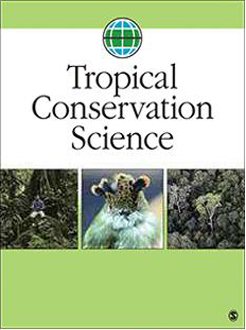The jaguar (Panthera onca) is one of the most endangered felids in the world. Its distribution has been reduced by 50% globally, and the species continues to be hunted illegally. We provide data on jaguar abundance, sex ratio, seasonal and daily activity, and site fidelity in La Papalota—a 368-ha natural protected area in Nayarit, western Mexico. La Papalota is located between two areas with high priority for the conservation of the jaguar: Marismas Nacionales Biosphere Reserve and the San Blas-San Juan area. Over a period of 4,240 trap nights (14 months), we collected 130 independent photos of six different individuals (one adult male, three adult females, one subadult female, and one cub). Jaguars use La Papalota all year round, and we were able to document three pregnancies. We suggest that, although a small protected area like our study site cannot provide an entire home range for even a single jaguar, it and similar reserves can play a crucial role as stepping-stones for jaguars moving across highly modified landscapes.
How to translate text using browser tools
1 January 2020
Small Protected Areas as Stepping-Stones for Jaguars in Western Mexico
Víctor H. Luja,
Carlos J. Navarro,
Luis Alberto Torres Covarrubias,
Mauricio Cortés Hernández,
Ignacio Luis Vallarta Chan

Tropical Conservation Science
Vol. 10 • No. 1
March 2017
Vol. 10 • No. 1
March 2017
camera trapping
corridor
fragmentation
predator
tropical forest




